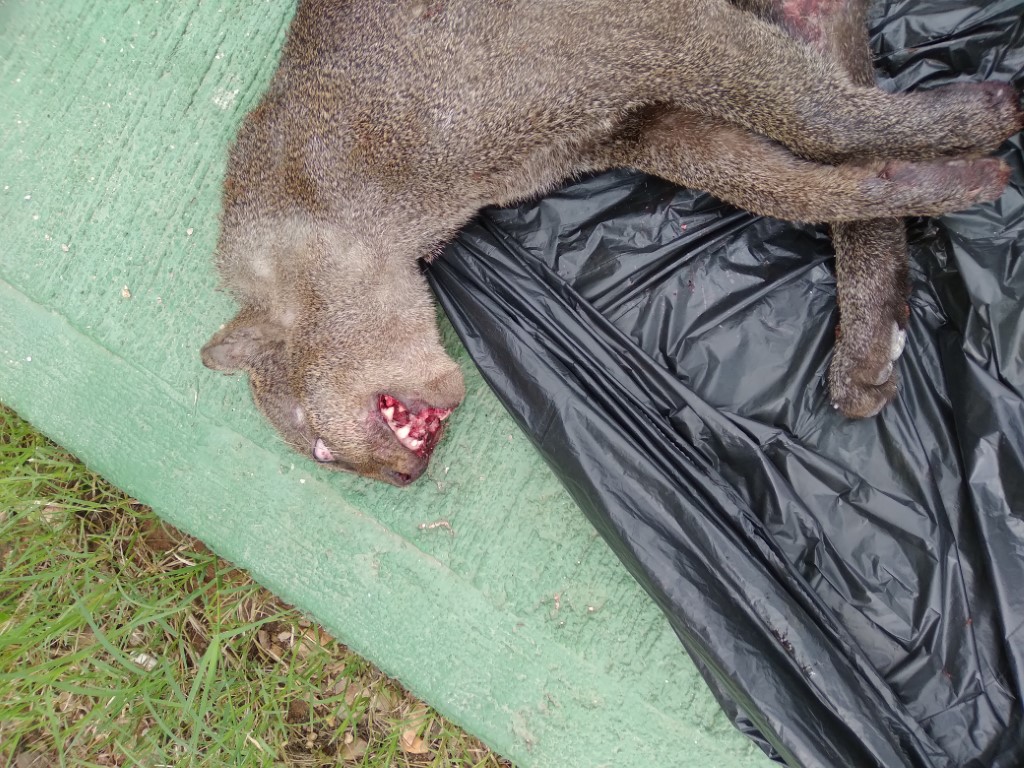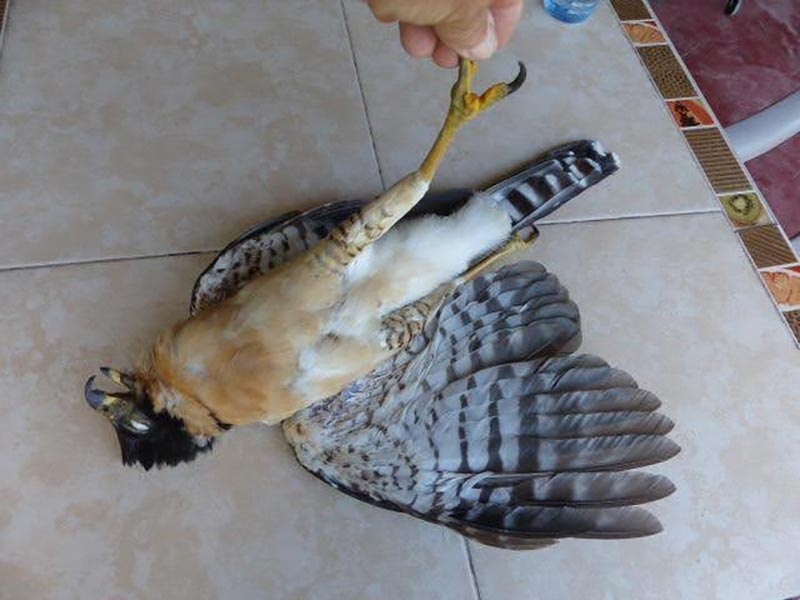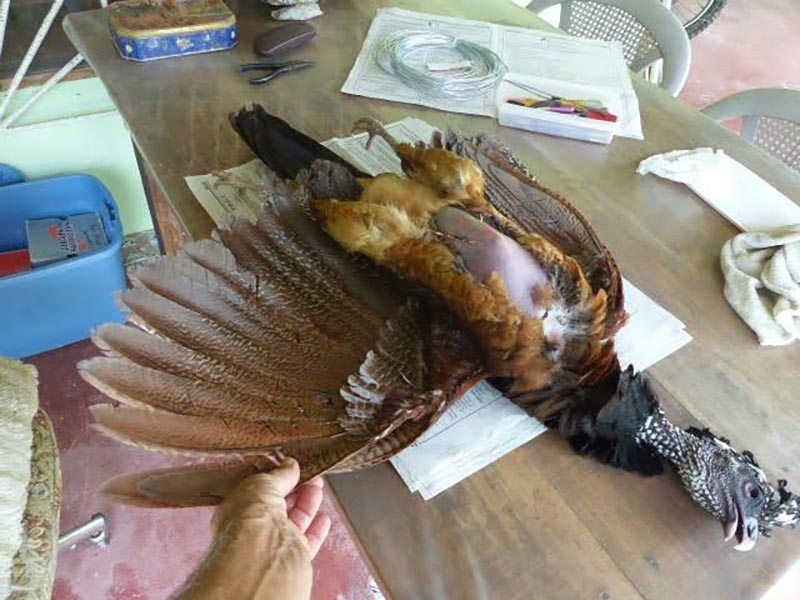Species Preservation
- Home
- Species Preservation
BNHA
Species Preservation
Dr. Zitzer obtained the majority of the bird and mammal species from several organizations in Belize. These include Belize Bird Rescue, the Belize Raptor Center, in collaboration with Humberto Wohlers at the Belize Zoo, and the Belize Audubon Society. Additionally, Dr. Zitzer himself has come across several species killed on the road, as he is able to collect specimens by obtaining and updating a permit from the Belize Forestry Department each year.
The conditions of the specimens upon reception varied greatly, with some being in excellent condition. However, many specimens had suffered external traumas and undergone necropsies, necessitating extensive cleaning and drying efforts to address missing feathers and broken bones.
To preserve the specimens, Dr. Zitzer procured specialized preservatives and artificial eyes. Each specimen requires significant time investment for preparation and preservation, ranging from 6 to 40 hours per specimen.
For exhibits where specimens were not depicted in a flying posture, natural fragments of fallen wood were gathered to mount the specimens on walls or tables.
More Informations
Adopt a Bird
Adopt a Bird allows you to symbolically “adopt” a bird of Belize at the Belize Natural History Archive Exhibit.
Follow Our Social Media
Nurturing Tomorrow's Stewards to Shape a Sustainable Future
Biodiversity education addresses Global Challenges, equips children with the knowledge and skills to understand complex environmental issues such as climate change, habitat loss, and species extinction. It empowers them to contribute to solutions for these challenges in the future.





